
Curator’s statement
This destination is so special, because it holds so much religious history. Traveling to the holy land is often a once-and-a-lifetime experience for many people. Walking along the Jordan River, floating in the dead sea, visiting all the towns where miracles happened.
The Fora Difference
Book with Victoria to access exclusive perks and experiences on your trip.
Killer perks
Free upgrades, spa credits and more—we got you
Personalized recs
Customized travel planning for your style
Insider knowledge
Expert advice from people who’ve actually been there
Where to stay
Unlock perks by contacting Victoria to book your trip.
Day 1: The old city and the Mount of Olives
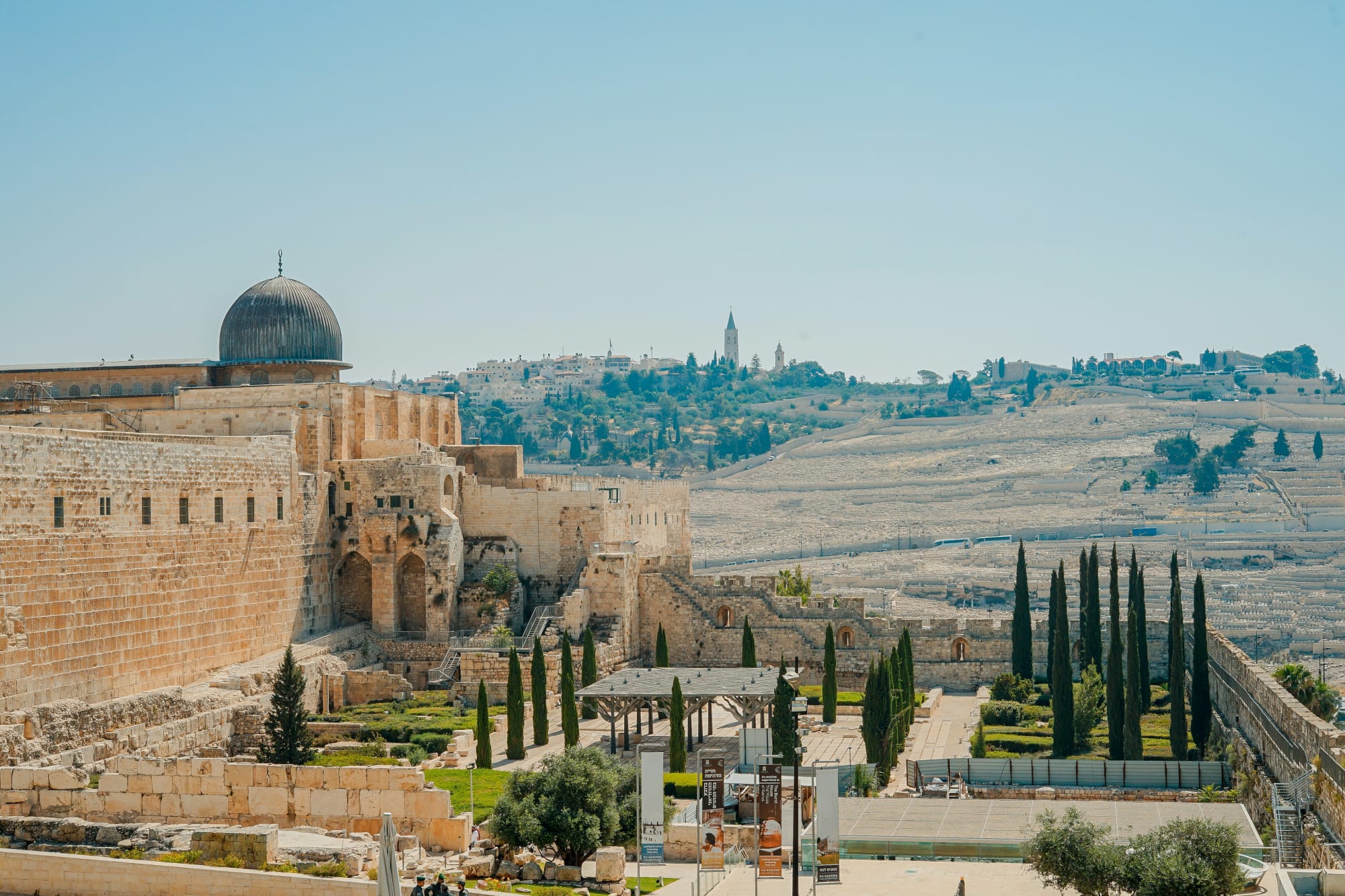
Starting the first day at the top of Mount of Olives. From here, you have the best morning view of the Old City. The main sites are the Chapel of the Ascension at the top of the Mount of Olives and the Garden of Gethsemane at the bottom. From here, it is a 10-minute walk to the Old City. The most important places to see are the Via Dolorosa, Temple Mount, the Western Wall and the Church of the Holy Sepulchre.
Additional Christian heritage sites: Where to start? The Old City of Jerusalem is the square kilometer with the most Christian institutions in the world: Christ Church, Ecco Homo, St. James Cathedral and many more.
Additional Jewish heritage sites: Burnt House, Hurva Synagogue, Western Wall tunnels, Sephardic Synagogues, Zedekiah’s Cave.
Day 2: The New City
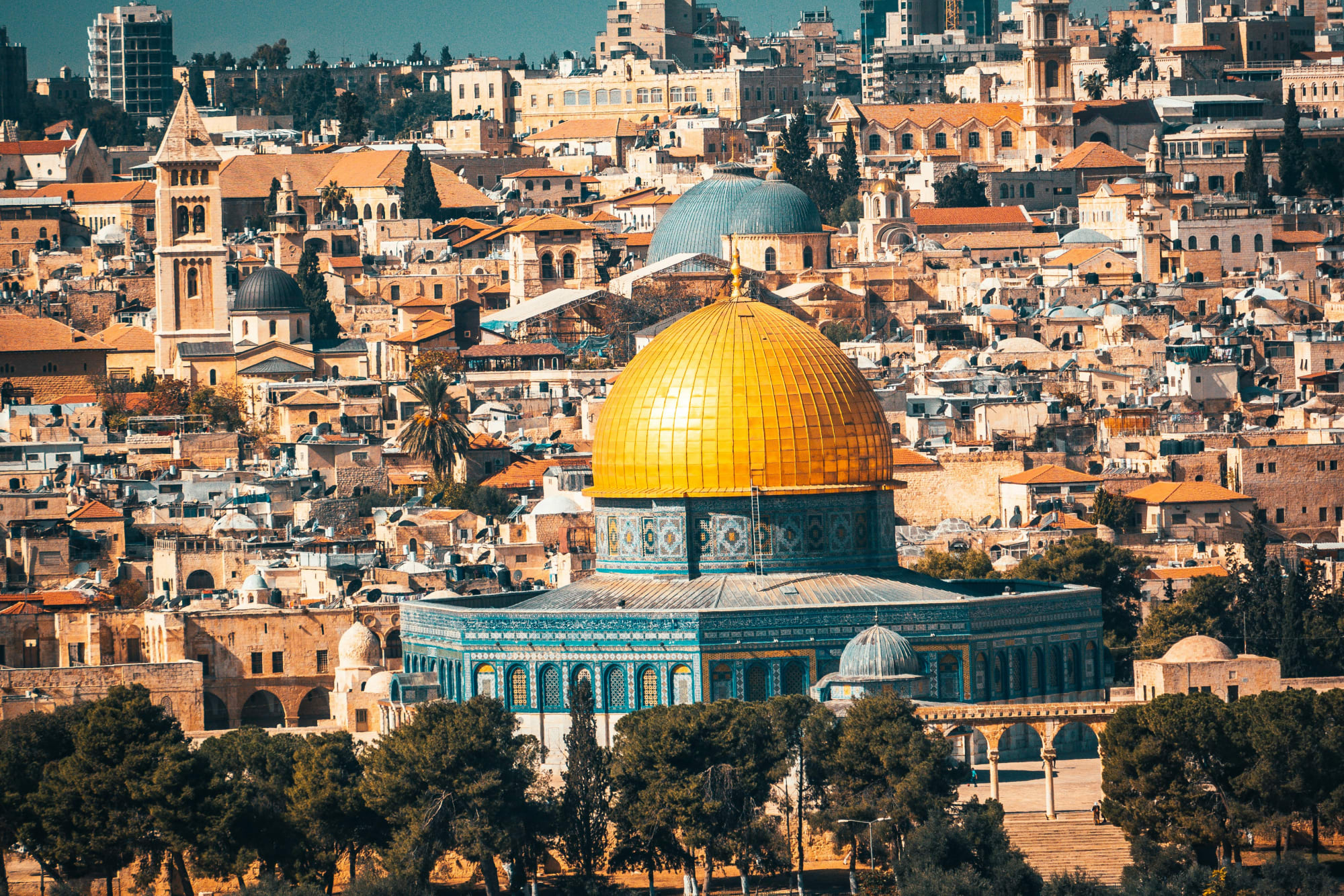
Around the Old City, there are some very important sites that can also be visited on the first day, depending where your interest lies. The City of David — the ancient city of Jerusalem (yes, the ancient city is outside the Old City) and Mount Zion. You will find the Room of the Last Supper, the Tomb of King David and the Church of the Dormition.
North of Damascus Gate is the Garden Tomb. Some Protestant denominations see this site, rather than the Church of the Holy Sepulchre, as the site of Jesus’ burial and resurrection. Most archeologists consider this to be a burial site that dates back to before the time of Jesus. It is a quiet spot suitable for prayer and reflection.
Day 3: Tel Aviv
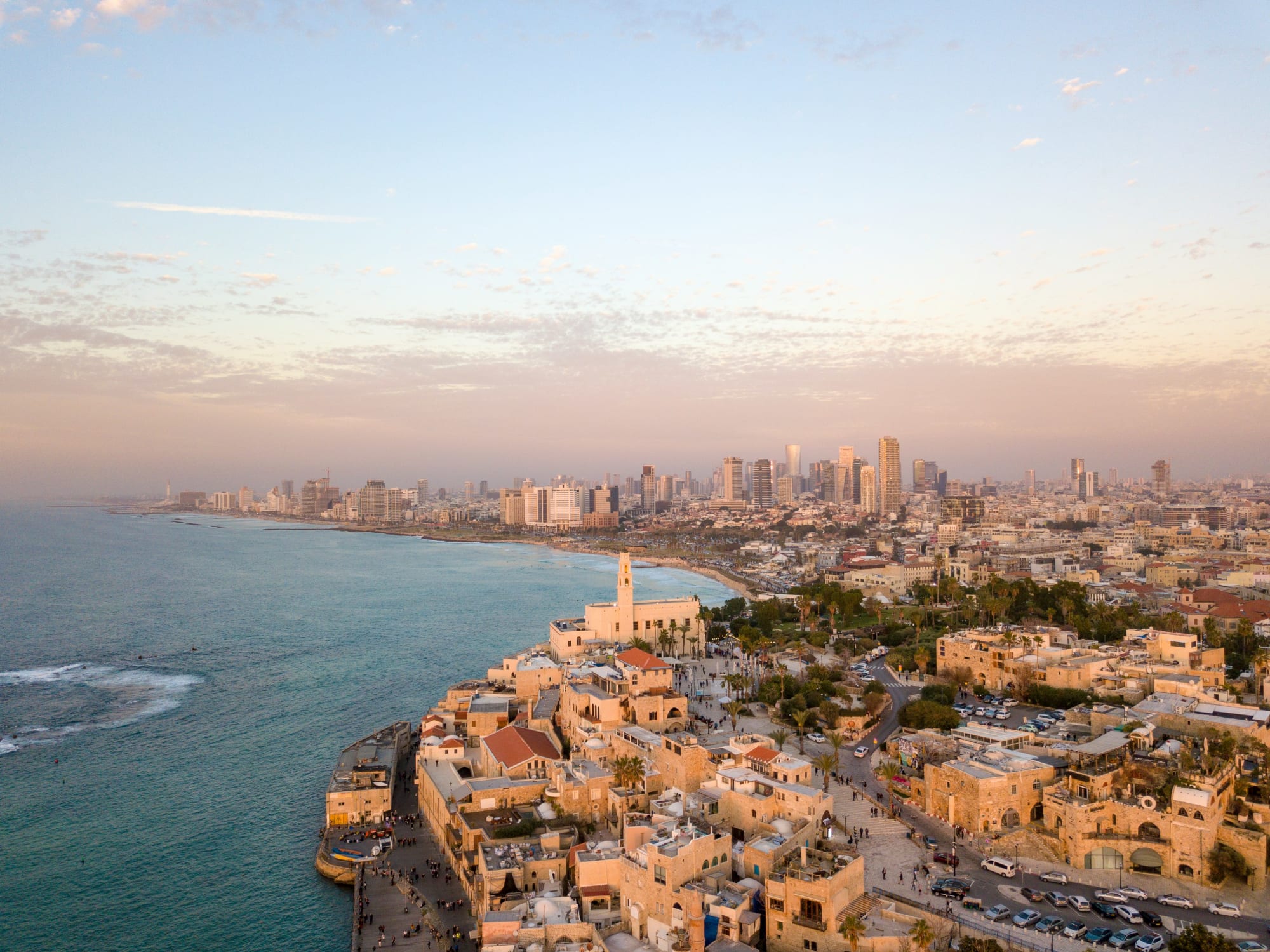
The beach will probably be your first stop once you’ve settled into your hotel. In Tel Aviv, you are never too far away from the beach. Although there is a lot of history, Tel Aviv is not Jerusalem and there are no real ‘must-see’ sites.
Most of the tours in Tel Aviv start at Old Jaffa (which is today a part of Tel Aviv). Jaffa was an ancient port city with a long history. The sites here are close to one another — the Visitors Center, St. Peter’s Church, the galleries in the alleyways and the flea market.
From here, it is a short walk to Neve Tzedek and Rothschild Boulevard, where you have the Independence Hall. Carmel Market is also not too far away.
Additional Jewish heritage sites: The Museum of the Jewish People.
Recommended museums: The Rabin Center (the only museum in Israel that deals with the timeline charting the history of the State of Israel), Tel Aviv Art Museum.
Day 4: Galilee and the Sea of Galilee
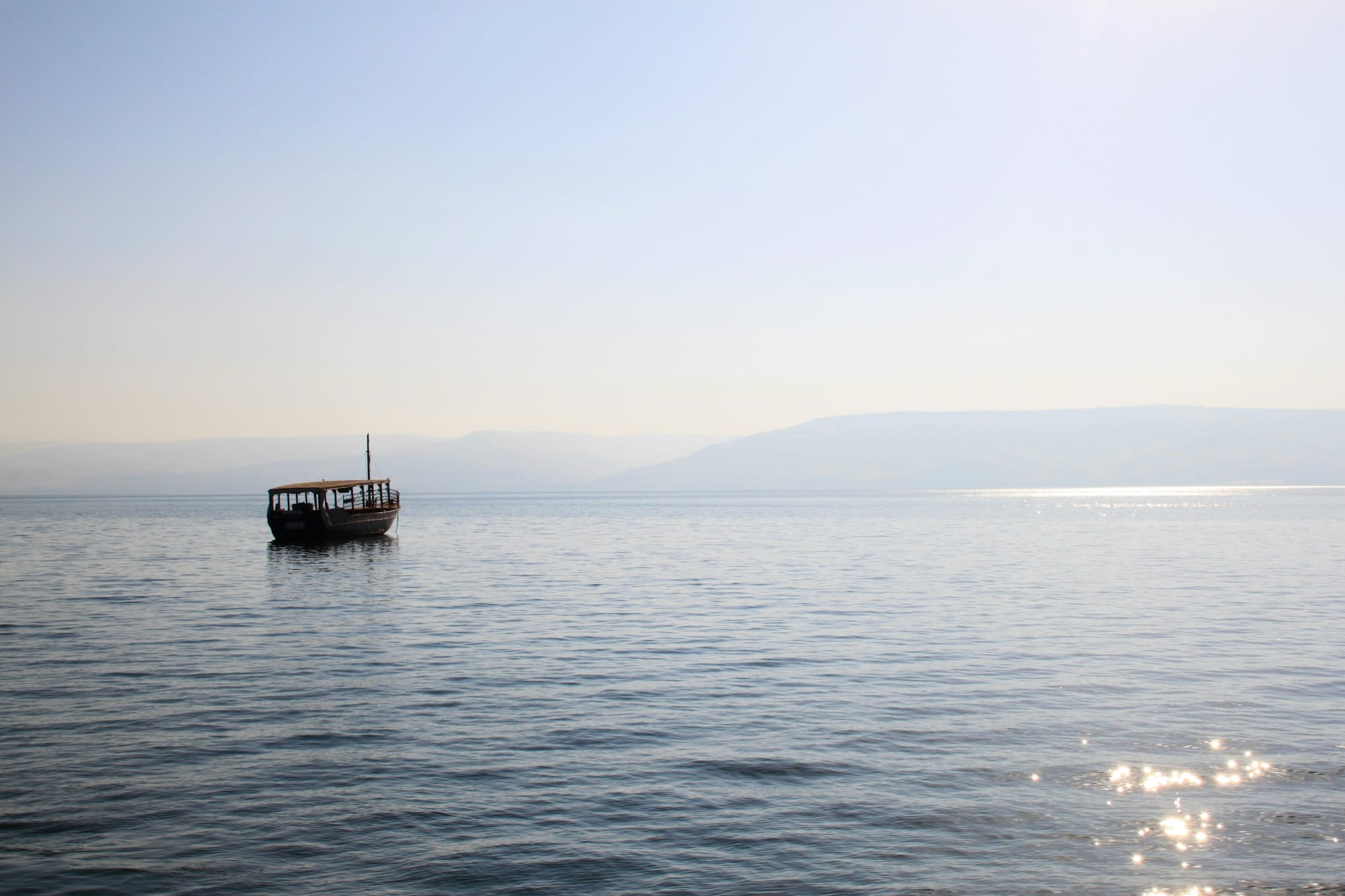
Another good option is to take the train from Tel Aviv's strait to Akko. Sleep there for a night or two and then go back to Haifa. From Haifa, there are many more bus lines to places in the Galilee, such as Nazareth, Tiberias, Tzfat, Kiryat Shmona and the Golan Heights.
Nazareth is where Christianity began, and it is also the largest Arabic city in Israel. I would advise against traveling there by car, as the traffic is terrible. Tiberias is on the shore of the Sea of Galilee (or Kinneret, as we say in Hebrew) but despite its potential, it isn’t a particularly nice city.
The good thing about Tiberias (and Kiryat Shmona) is that from there you can rent a car from any of the well-known car rental companies and bring the car back to the airport. The Golan Heights, Judaean Desert and Negev Desert are much more accessible with a car and there is very little traffic.
Additional Christian heritage sites: Around the Sea of Galilee, you’ll discover many sites connected to the ministry of Jesus: Tabgha, Capernaum and the Mount of Beatitudes, where the Sermon on the Mount was delivered.
Additional Jewish heritage sites: Safed has been the “City of Kabbalah” – Jewish mysticism — since the 16th century.
Additional Zionist heritage sites: Some of the first Zionist settlements are in the Galilee — Kinneret (village), Rosh Pina, Degania and Tel Hai.
Hikes: Explore the Mount Meron and Amud Wadi National Parks. And if you are looking for a challenge, there is a 3–4 day walking route from Nazareth to the Sea of Galilee called the Jesus Trail.
For a Road trip around the Sea of Galilee, check out this site.
Archeological sites: Megiddo and Zippori (Sepphoris).
Day 5: The Judaean Desert

From the Golan Heights, drive down Road 90 (through the West Bank) to the Judaean Desert. Masada and the Dead Sea are sights not to be missed. Other interesting sites are Qaser El Yahud, Ein Gedi National Park and Qumran, the site that was inhabited by a small but very interesting sect 2,000 years ago. You can also visit where the Dead Sea Scrolls were found.
Day 6: Negev & Eilat
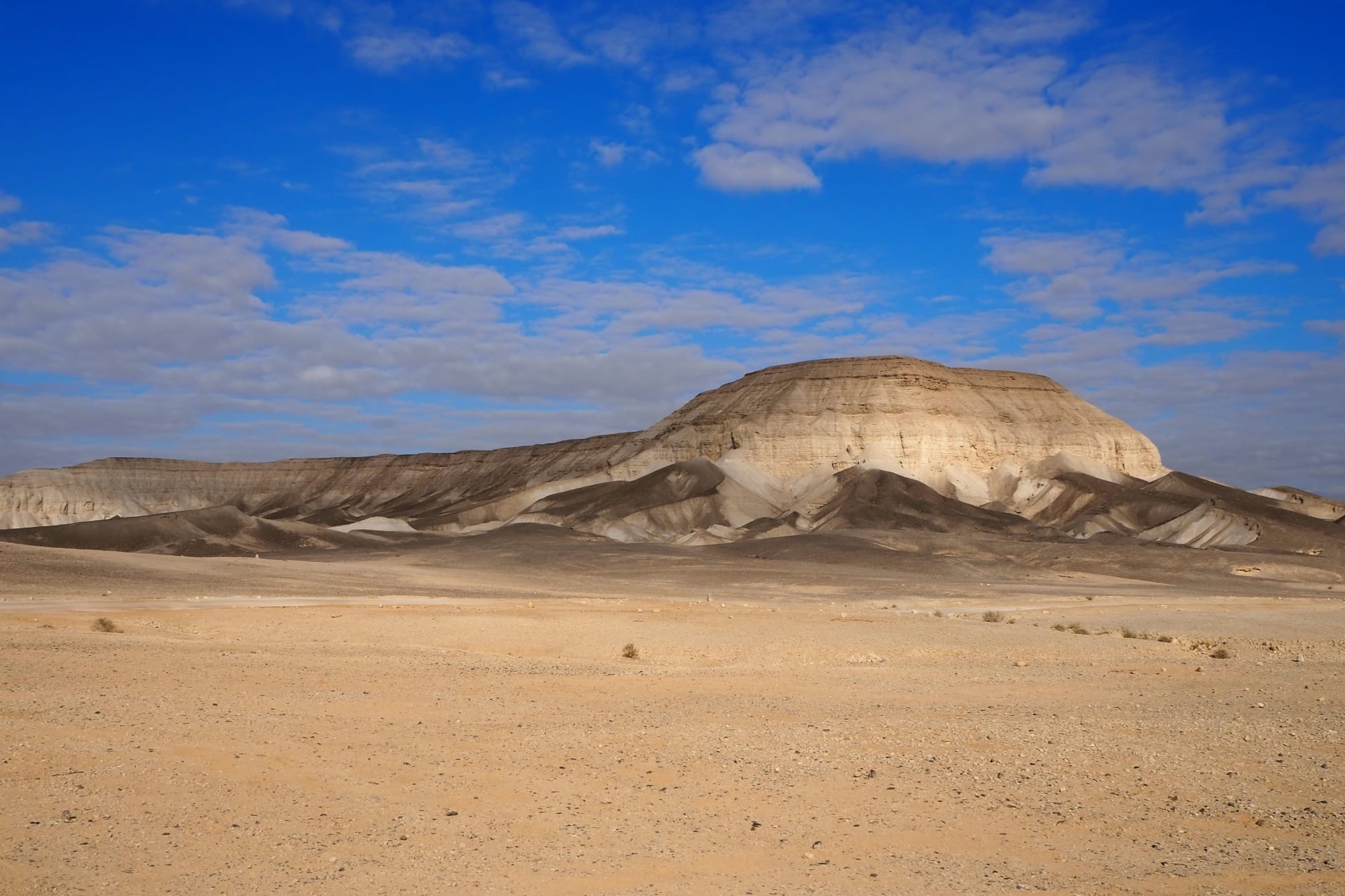
The Negev Desert takes up half of Israel. The biggest city is Beer Sheva, in the northern part of the desert, but you can definitely skip it.
If you’re coming from the Judaean Desert (Road 90), you will reach the Arava, a part of the Negev that runs from the Dead Sea to Eilat. On the way to Eilat are some interesting villages and kibbutzim like Tzukim, Ketura and Lotan. The best-known nature park is Timna, but, especially if you come in winter, just take your time and enjoy the desert.
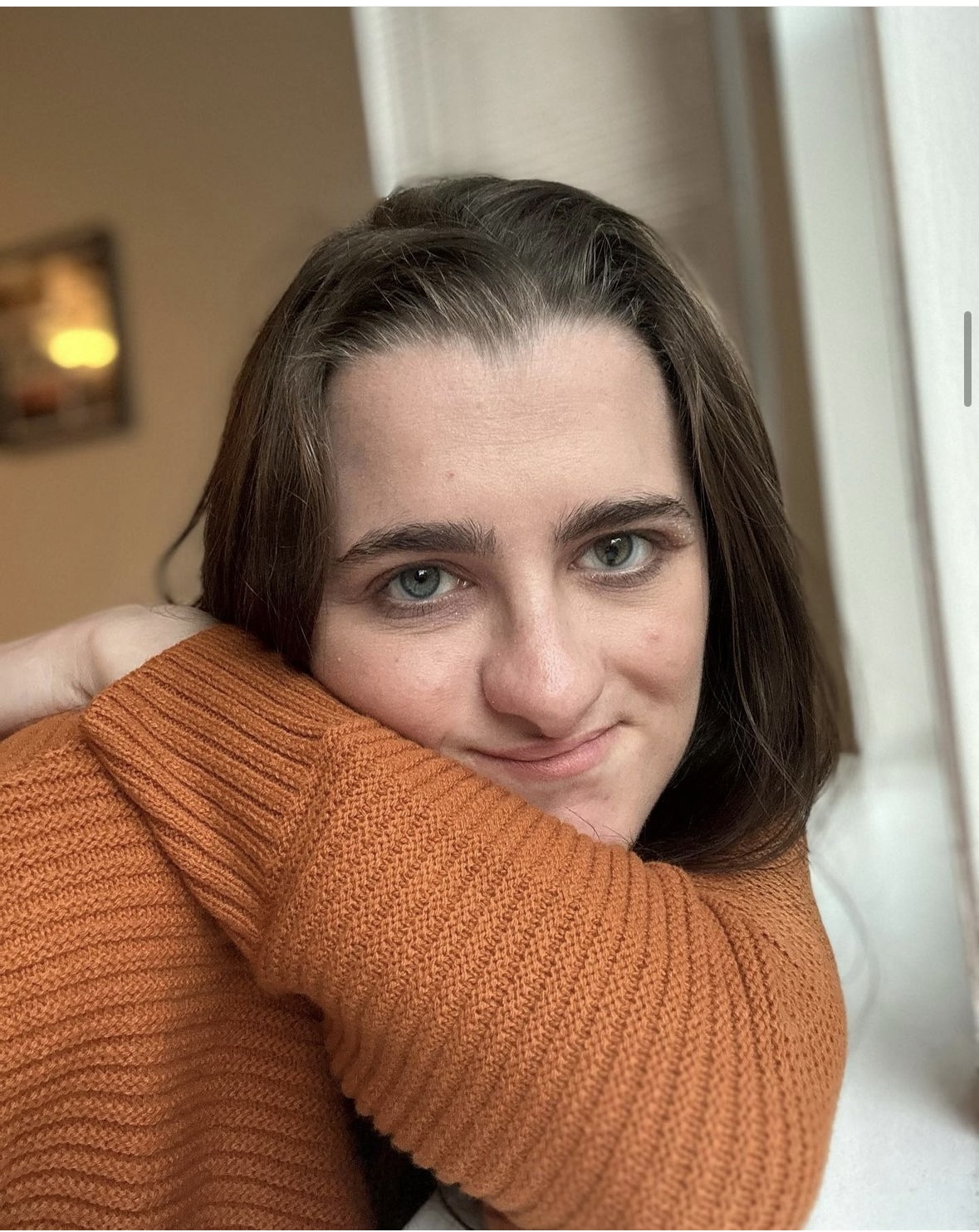
Travel Advisor
Victoria Arfmann

Get in touch with Victoria
Did you like this guide? Reach out to customize and book your own experience. Or, just to chat about travel in general.
You can expect a response from Victoria within 1–2 business days. You’ll also be subscribed to our traveler newsletter (you can unsubscribe at any time).
For more inspiration and insider recommendations, visit our Israel page.